On August 6th elements of four Ukrainian brigades in an initial force of 2,000 men crossed the Ukrainian-Russian border into Russia’s Kursk province opposite the small town of Sudzha. They disarmed and captured a sizeable Russian unit of FSB border guards at the border crossing, then quickly captured territory several kilometers in depth against light resistance, and had reconnaissance units fan out several more, so that Ukrainian presence was observed in over ten Russian settlements on just the first day of the invasion, and ultimately rising to twenty. By best estimates after three days 350 km2 of Russia lies under Ukrainian army control.
It is very clear that the Russian side was taken by surprise. Probably, as often happens, the Ukrainian build-up was to some extent observed and reported up the chain, but since it was deduced by the brass that a Ukrainian offensive here “wouldn’t make sense” nothing was done. Reserves were not allocated and brought in in advance, and at least some units were not tactically and psychologically ready to face a large incursion (rather than special forces raids of 5-8 men which are common on both sides).
Nonetheless, it should be noted that the advent of the small drone era has changed how Ukrainians and Russians conceive of defense, especially in inactive theaters. Rather than presenting a heavily manned line of contact that would present numerous targets for drones and drone-guided artillery, the advanced positions are lightly manned, with the main fortification line running some 10 kilometers behind them. (This was the Russian approach in 2023, and the Ukrainian approach in Vochansk earlier this year.) Thus some degree of Ukrainian penetration was always to be expected, even if the Russians had prepared perfectly.
That said, nothing should be taken away from the Ukrainian preparations which were meticulous and skillful. Communication towers in the area had been hit one by one in the weeks preceding, and a heavy concentration of air defenses, electronic warfare systems, and drones were assembled in support.
Moreover where the Russians in the May 2024 Kharkov offensive “solved” the problem of how to conduct rapid offense in the drone age, by falling back on infantry marches on foot through forests and swamps using infiltration tactics, the Ukrainians in Kursk have been able to showcase a combined-arms operation with a strong tank and mechanized component.
It should also be pointed out that the Ukrainian incursion takes place a wider context of Ukrainian manpower disadvantage and setbacks in Donetsk. Outnumbered, the Ukrainians have been steadily falling back in a number of important sectors in the south, especially on the Avdiivka-Pokrovsk axis, allowing Russian gains of up to 10 km2 per day, albeit in return for well over 100 dead on each side daily.
It is for this reason that as the news of the Ukrainian foray into Kursk hit, many Ukrainian commentators were initially critical and confused. With the Ukrainian forces in the south already on the back foot due to a manpower shortage, what sense did it make to divert some of the last reserves to open a new front? Especially since Russia does not use conscripts serving out their mandatory, universal national service in Ukraine, but it does use them on Russian borders. So in theory the Russians could fight this new Ukrainian offensive with just Rosgvardia, FSB border troops, and especially conscripts, without even having to divert any of the enlisted units from Ukraine.
But regardless of these risks, the operation presents several big upsides for Ukraine:
1. Moscow has been often repeating that Russia is open to peace but that any peace will have to be “based on realities as they exist on the ground”. But with Ukraine in control of 300 square kilometers of Russia, it makes Putin’s insistence on the “facts on the ground” formula quite comical.
2. In May Putin ordered an offensive to carve out what he deemed a “sanitary zone” on the Russian-Ukrainian border opposite the Russian city of Belgorod. Not only did that effort flounder within days, but humiliatingly for Putin, Zelensky has now matched Russian gains in Kharkov, with Ukrainian gains in Kursk, while playing a weaker hand.
3. In theory Russia can attempt to contain and roll back the Ukrainian offensive with conscript units, without transferring over units made up of enlisted men from Ukraine and weakening its offensive there, but these units are untested. And while all else being equal, 19-year old conscripts make for more dynamic troops than the 40-year-olds who make up the enlisted volunteer units, the all-conscript units on the border lack combat experience, equipment, and most of all leadership, with the bulk of best officers deployed to Ukraine. Thus it is not immediately clear that conscripts will be up to the task. Until they prove their mettle relying on them presents a risk for the Russian side, and forces a serious strategic dilemma on the Russian leadership.
Keep in mind that in the pre-war 2022 Russian army all-conscript units did not exist at all and were not foreseen. Conscripts were supposed to fill up positions in mixed units which would have placed them alongside numerous experienced professional soldiers (“kontraktniki”), and with an emphasis on filling supporting roles (loaders, drivers…).
4. The question of whether to pursue a defense and counter-offensive with conscripts also presents a serious political dilemma that has been foisted on Putin. Legally there are no obstacles to doing so. However ever since Moscow declared its annexation of four Ukrainian provinces in the south in September 2022, there have also been no legal obstacles to using conscripts serving out their mandatory national service in Ukraine, and yet this has never been done. Is Putin willing to send 19-year-olds into heavy combat and will he pay a political price on the home front if he does so? We don’t know, but we know that so far he has gone to great lengths to avoid doing so. (Where Ukrainians are concerned men under 25 are exempt from mobilization wholesale and serve only if they volunteer.)
An additional political challenge for Putin lies in the fact that even should Russia recapture the lost settlements these are likely going to be leveled in the process with artillery and glide bombs.
5. There are many episodes of this war that Ukraine can and will remember with fondness. Episodes that served to lift its spirit, link its people in a shared experience, and even help to complete its national formation. Highlights such as the sinking of the Moskva cruiser, the lightning Kupyansk-Liman offensive of September 2022, the forcing of the Russian evacuation of Snake Island and of Kherson, and several others. However, overwhelmingly these feel-good moments happened in the first year of the war, and have been wholly absent in 2024. A nation at war does not live by bread alone — and the Ukrainian drive into Kursk province will at least for a short time remind Ukrainians of 2022 victories and link them in hope, anticipation, and pride. This is important and invaluable. Especially in a context where all other news is of a bleak meatgrinder and very small but unending retreats.
It remains to be seen if this strike will prove a good use of war potential for Ukraine in a purely material sense (and the answer is more likely to be no than yes), but in the non-material dimension of war it is likely to be a resounding and much needed success for Ukraine, even if it is eventually forced to retreat. (The caveat being that the big danger for the Ukrainians is if they try to hold onto for too long once they become enveloped as they did in Bakhmut, Avdiivka and Krynky, as commanded by Zelensky out of non-military calculations.)
All this said, the glacial, but relentless Russian advance in the south continues, especially in the Pokrovsk direction, chipping away 5-10 km2 every day. It is this main theater of the war that will have a greater influence on its outcome than any secondary actions in the north.
One interpretation of Ukrainian gains so far. The road to west in purple has been mined by Ukraine:

The Ukrainian push renders the railway line running through Sudzha unusable, cutting down the number of available railway lines from Kursk to Belgorod from two to one, slightly complicating Russian logistics:

In one interpretation the Ukrainian objectives are the towns of Rylsk and Lgov to the north, and the Kursk nuclear power plant to the northeast. Personally, I find this to be too ambitious, but food for thought nonetheless:
What looks like a couple of Su-25 ground attack aircraft fly low over the battle zone in Russia’s #Kursk Oblast. Driver swearing fluently, also passes burnt out fuel truck. If this is just a Ukrainian raid, it’s a big one if the Russians have called in air support. pic.twitter.com/910g1sPGxC
— Euan MacDonald (@Euan_MacDonald) August 6, 2024
A russian in Kursk approached Ukrainian soldiers, to which they replied that he should learn the Ukrainian anthem and be prepared for the referendum 😂👏 pic.twitter.com/LhB6peXe2V
— Intermarium 24 (@intermarium24) August 8, 2024
As with most Ukrainian combat operations since the fall of 2022, Lancet loitering munitions continue to be an Achilles' foot of Ukrainian forces in Kursk Operation. So far we saw at least 2 hits on Marder IFV, 1 T-64BV, and 1 IMV were seen hit as well. pic.twitter.com/6gIoFvICqj
— B-AREV (@trip_to_valkiri) August 8, 2024
Moment Russian civilian encounters Russian tanks leaving the town of Sudzha in Kursk Zone. pic.twitter.com/t4HAwJxEG9
— WarTranslated (Dmitri) (@wartranslated) August 8, 2024
Ukrainian forces devastated the border point "Sudzha" with FPV (and other) strikes during the early stage of the incursion, forcing all defenders to surrender. pic.twitter.com/EuomX5d5zX
— WarTranslated (Dmitri) (@wartranslated) August 8, 2024
There are several images and videos of dozens of Russian soldiers being captured by Ukrainian Forces 🇺🇦 in the Kursk Region of Russia in the past two days
Well over 100 Russian soldiers are reported to have surrender in Kursk pic.twitter.com/WcT7Coftab
— Ukraine Battle Map (@ukraine_map) August 7, 2024
One downed Kamov Ka-52 chopper, two struck T-62M MBTs on flatbed trailers, several destroyed trucks and up to 35 Russian POWs.
The Ukrainian incursion into the Russian Kursk region achieved some noticeable gains with limited efforts on the first day. It will certainly force… pic.twitter.com/ShjRcqvbV8
— (((Tendar))) (@Tendar) August 6, 2024
Kursk, day 4
At night, Ukrainian drones attacked the Lipetsk airfield which was used by the Russian aviation against the Kursk offensive.
The bombs stored at the base exploded. The exact damages inflicted to the Russian enemy needs clarification but judging from the video the… pic.twitter.com/3kkP6Ocr11
— PS01 (@PStyle0ne1) August 9, 2024
Residents of the Kursk town of Lgov are leaving their homes en masse. The AFU is 30 km away from the town, Z-channels reported. pic.twitter.com/iVLBQdlm7H
— NEXTA (@nexta_tv) August 8, 2024
👀Kursk region: A destroyed Bradley infantry fighting vehicle stands in the middle of various burnt-out vehicles.🫡 pic.twitter.com/ePMKejzQU6
— SputnikSpreader (@VasBroughtToX) August 7, 2024
Destroyed russian column near Ryl'sk. pic.twitter.com/z3QzCy7XN4
— Angry Cossack (@auto_glam) August 9, 2024


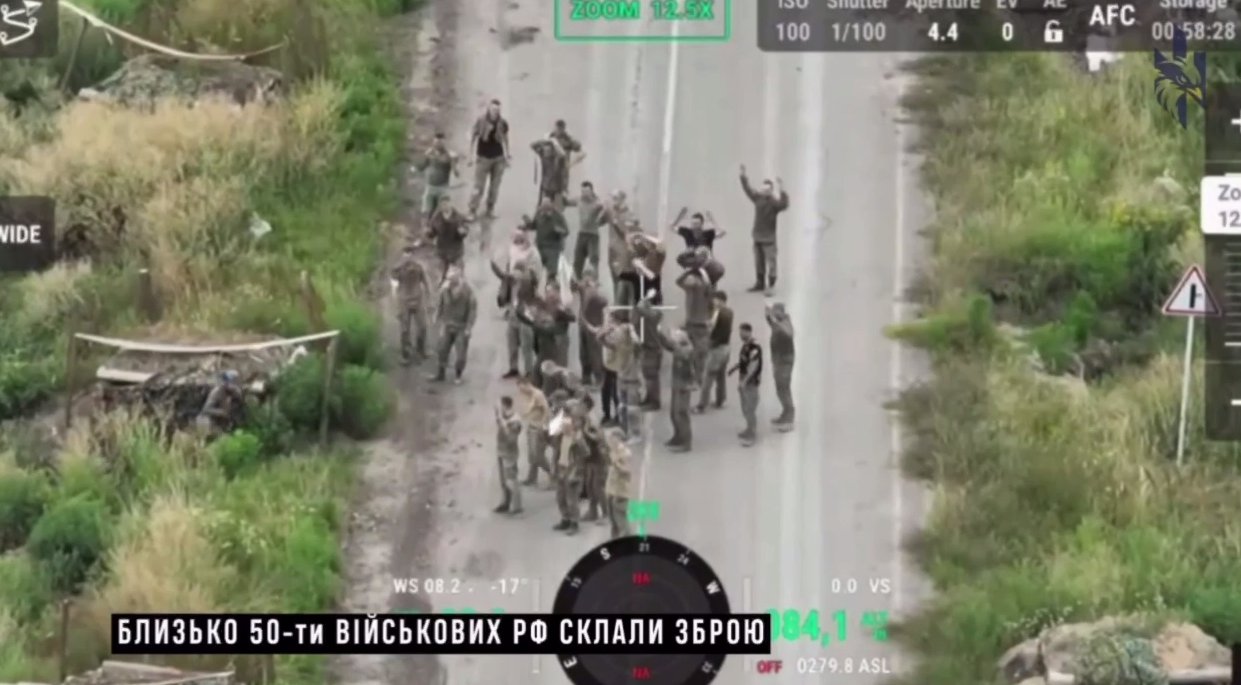
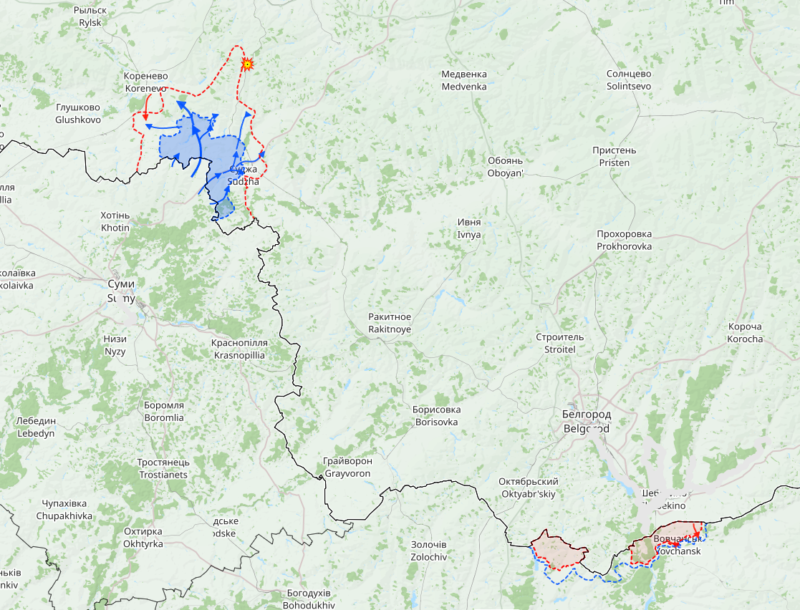
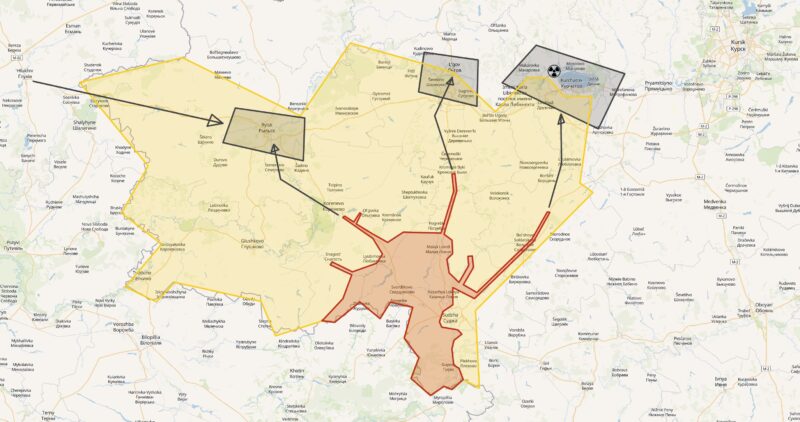

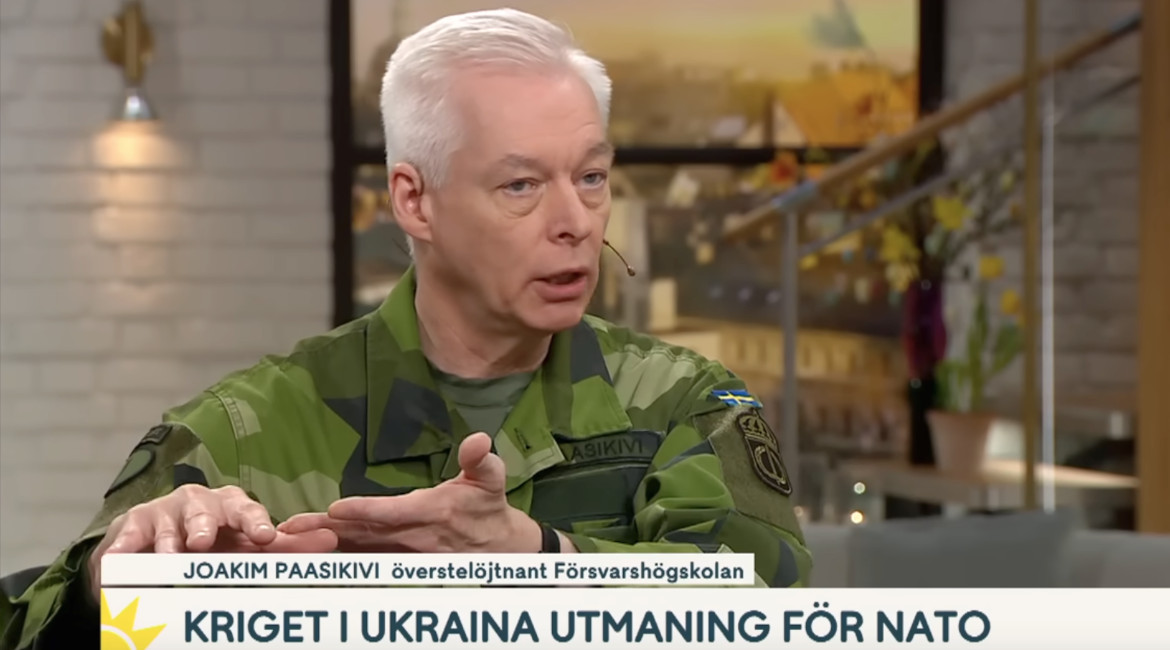

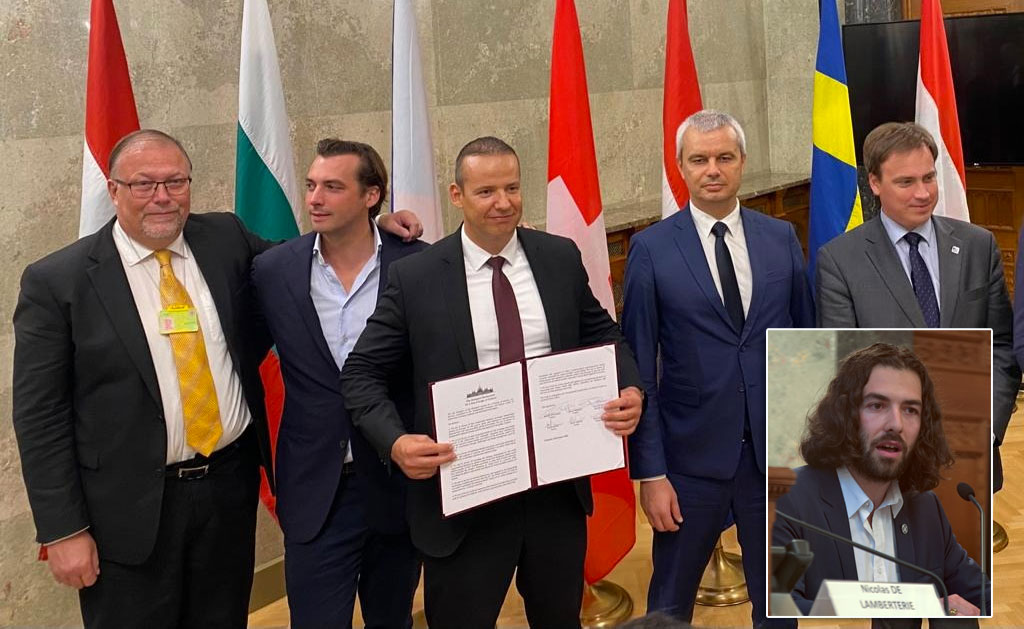

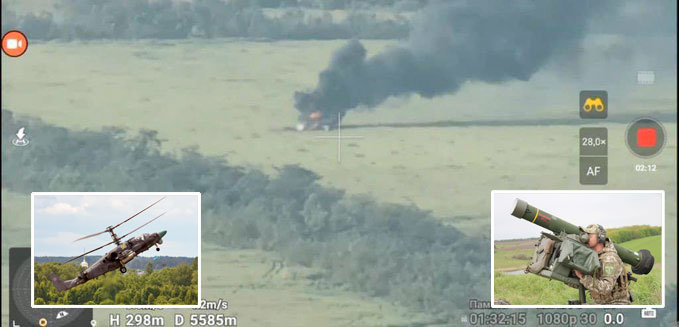
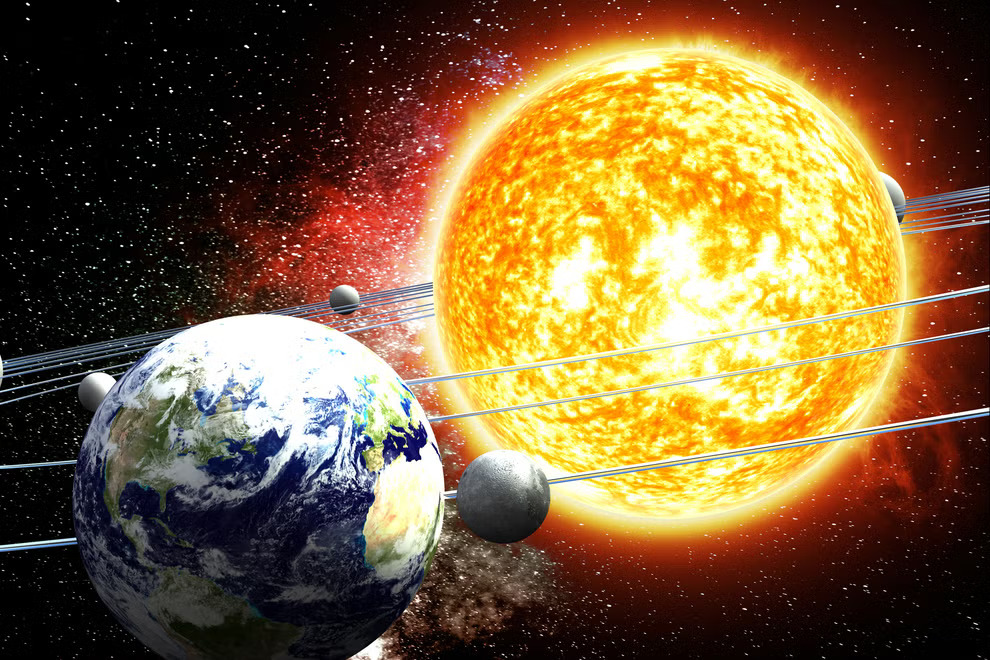
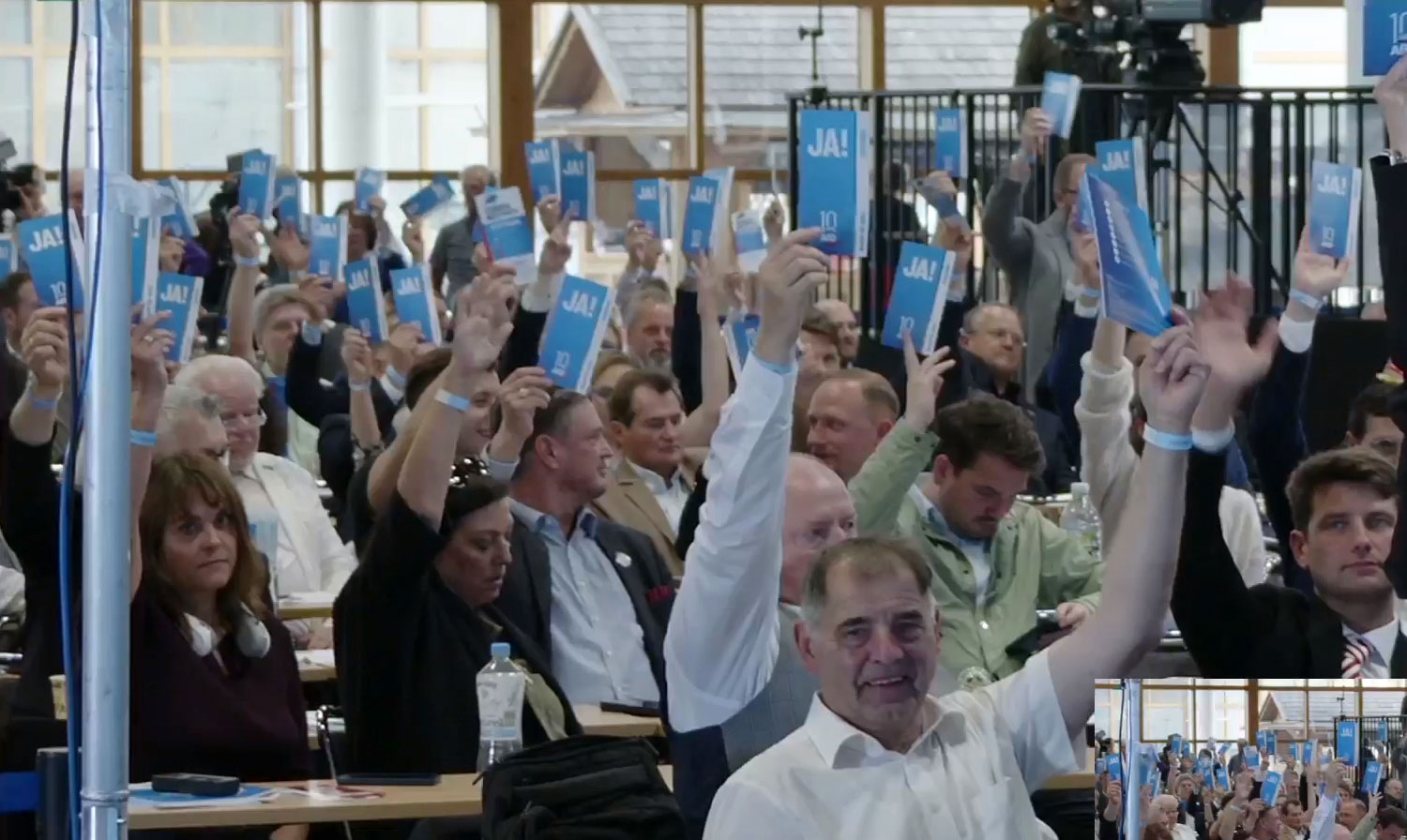
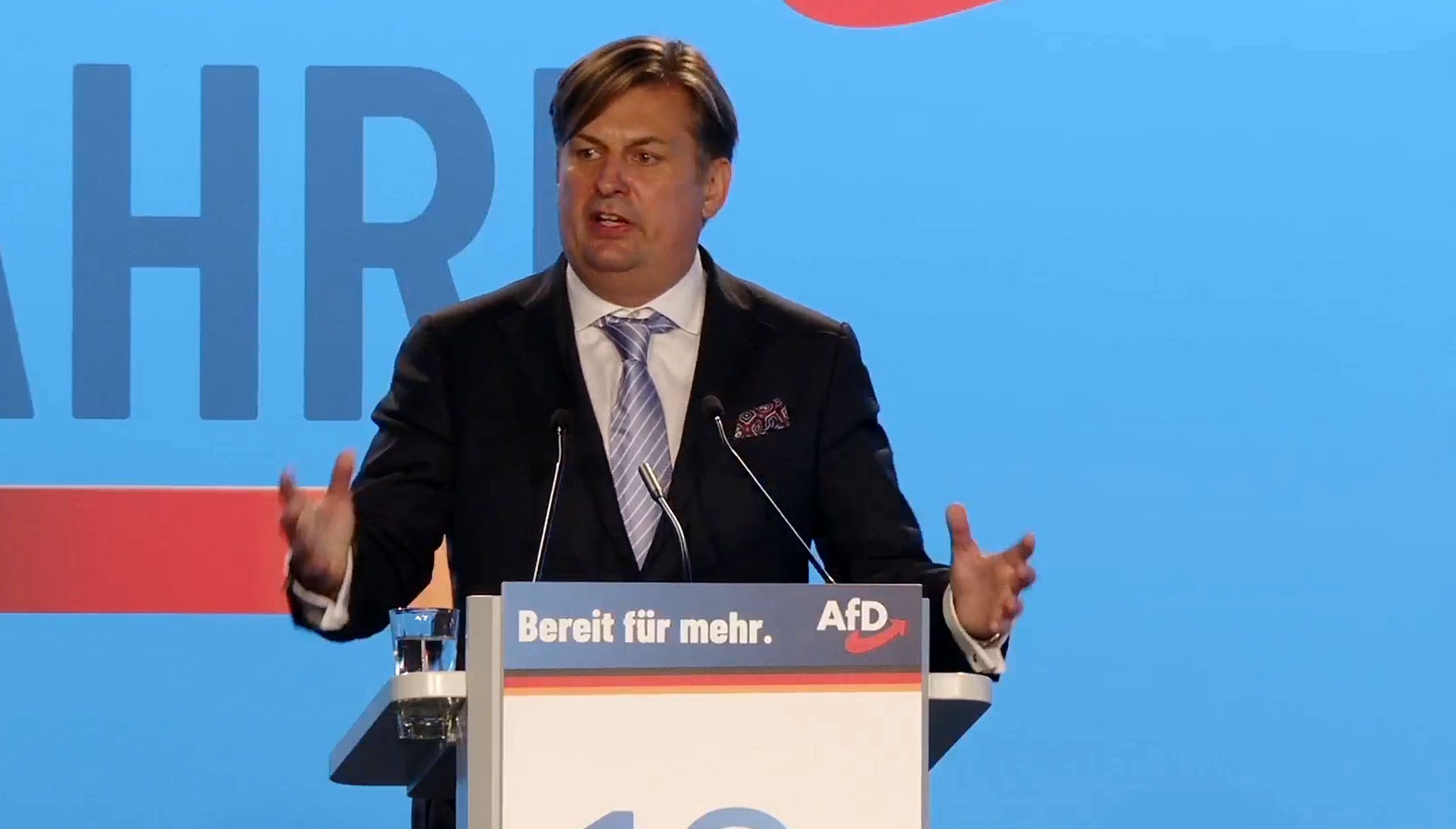

No comments.
By submitting a comment you grant Free West Media a perpetual license to reproduce your words and name/web site in attribution. Inappropriate and irrelevant comments will be removed at an admin’s discretion. Your email is used for verification purposes only, it will never be shared.